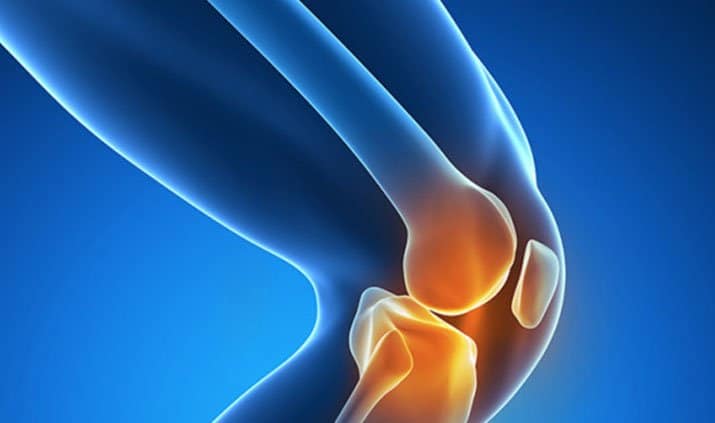ACL Injury Overview
The anterior cruciate ligament, or ACL, is one of 4 major ligaments within the knee joint. Whereas collateral ligaments are located on the sides of the knee, the anterior and posterior cruciate ligaments are found in the middle, behind the kneecap. The specific function of the ACL is to connect the shin and thigh bones, maintaining their proper placement and promoting knee stability.
Symptoms of ACL Injuries
An injury to the ACL is often readily obvious and identifiable with one or more of the following symptoms:
- A & pop & that is heard and/or felt upon injury
- Pain
- Swelling
- Knee instability
- Difficulty straightening the knee
Grades of ACL Injuries
ACL injuries are classified as Grade 1, 2 or 3. Determining this grade is based on severity and symptoms. The treatment protocol will also rely heavily on the grade of the injury or tear.
Grade 1 –
The ACL is intact and the knee is stable. However, the ligament has been mildly damaged with evidence of overstretching and micro-tearing. Likely treatment includes temporary immobilization and physical therapy.
Grade 2 –
The ACL is partially torn and the knee is somewhat unstable. Treatment for grade 2 ACL injuries will also include immobilization and physical therapy. However, some patients may also require surgical repair.
Grade 3 –
– There is a complete tear of the ligament and no stability in the knee. Patients with a grade 3 injury will most likely require surgery followed by an extended rehabilitation period.
Types of ACL Surgery
For those patients who do require surgical repair of the ACL, a graft will be used to replace the damaged section of the ligament. This graft will use a section of the tendon that can either be taken from the patient (autograft) or a cadaver (allograft). The most commonly used grafts include:
Patellar Tendon Autograft-
This tendon (also known as the patellar ligament)connects the tibia (shin bone) to the patella (kneecap).
Hamstring Tendon Autograft –
The hamstring tendon connects the hamstring muscles at the back of the thigh to the tibia.
Allograft (Various Types) –
When taken from a cadaver, the graft may be created using the hamstring, patellar, Achilles, posterior tibialis, semitendinosus, or gracilis tendon.

